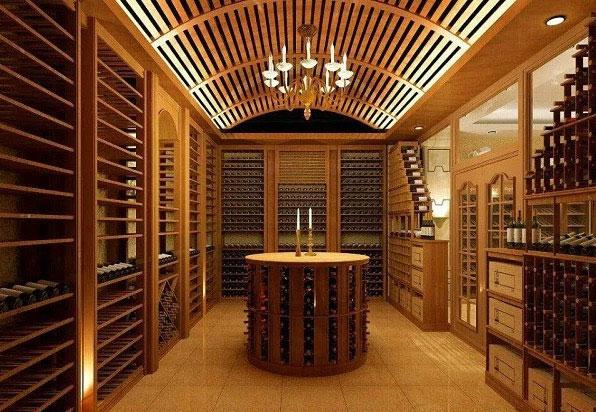The day when wine is going to be iced begins again. Different wines have their own optimal drinking temperature. If it is too low, the aroma will become simple and faint, if it is too high, the sourness will increase and the alcohol will become rough. Many people buy wine to go home and find that it is sour and astringent to drink. Of course, if the temperature of the wine in the glass is too low, it is easy to wait for it to heat up, only the temperature is too high is troublesome. If multiple people dine together, consider lowering the temperature of the wine to a bit lower than the standard.

Generally speaking, sparkling wines including champagne are suitable for the lowest temperature, the best drinking in the range of 6-10 degrees, white wine is about 4-12 degrees, red wine is between 14-18 degrees. Within their respective ranges, the fuller the wine and the more complex the aroma, the higher the suitable temperature. The lighter the body and the simpler the aroma, the lower the appropriate temperature. If it feels too troublesome, there is of course a trick to the lite version: 6 degrees, 12 degrees, 18 degrees. The first half is suitable for all kinds of white wine and sweet wine, and the second half is suitable for all kinds of red wine. On this basis, the cheaper ones are suitable for lower temperatures, and the more expensive ones are suitable for higher temperatures.
Finally, if you really don't know how much temperature a bottle of wine is suitable, you would rather lower it and find that the aroma is too little to let the wine heat up.

